Women and the Chopin Competition: Breaking Barriers in Classical Music
The piano, a sleek monument of polished wood and ivory keys, holds a curious, often paradoxical, position in music history, especially for women. While offering a crucial outlet for female expression in societies where opportunities were often limited, it also became a stage for complex gender dynamics, sometimes subtle, sometimes stark. From drawing-room whispers in the 19th century to the thunderous applause of today’s concert halls, the story of women and the piano is a narrative woven with threads of remarkable progress and stubbornly persistent challenges.
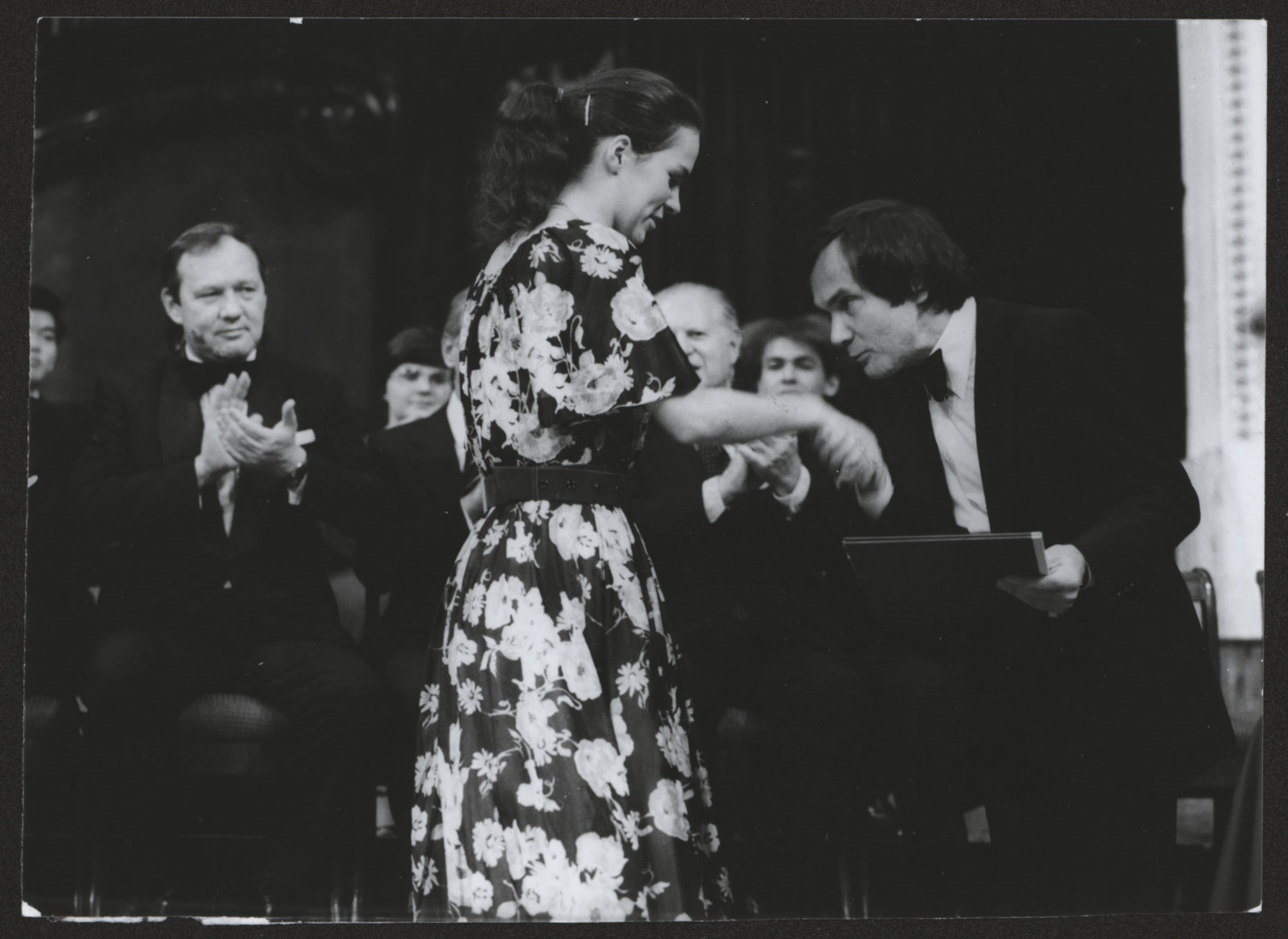
Ewa Poblocka of Poland receiving 5th prize in 1980
In the 19th century, the piano became a prized possession in middle and upper-class homes. Young women weren’t just encouraged to learn the instrument; it was expected. It was a desirable accomplishment, a sign of their refinement, social graces, and, crucially, their suitability for domesticity. This association of women with the piano, though seemingly innocuous, often confined them to the private sphere. They might become highly skilled amateurs, but the idea of a professional career was often deemed inappropriate, even scandalous. The rise of the virtuoso, personified by magnetic figures like Liszt, further cemented this divide. The image of the powerful, flamboyant, technically dazzling male pianist became the aspirational ideal, leaving little room for women in the professional arena. It was widely believed they lacked the physical stamina, mental fortitude, and perhaps even the artistic depth for such demanding careers.
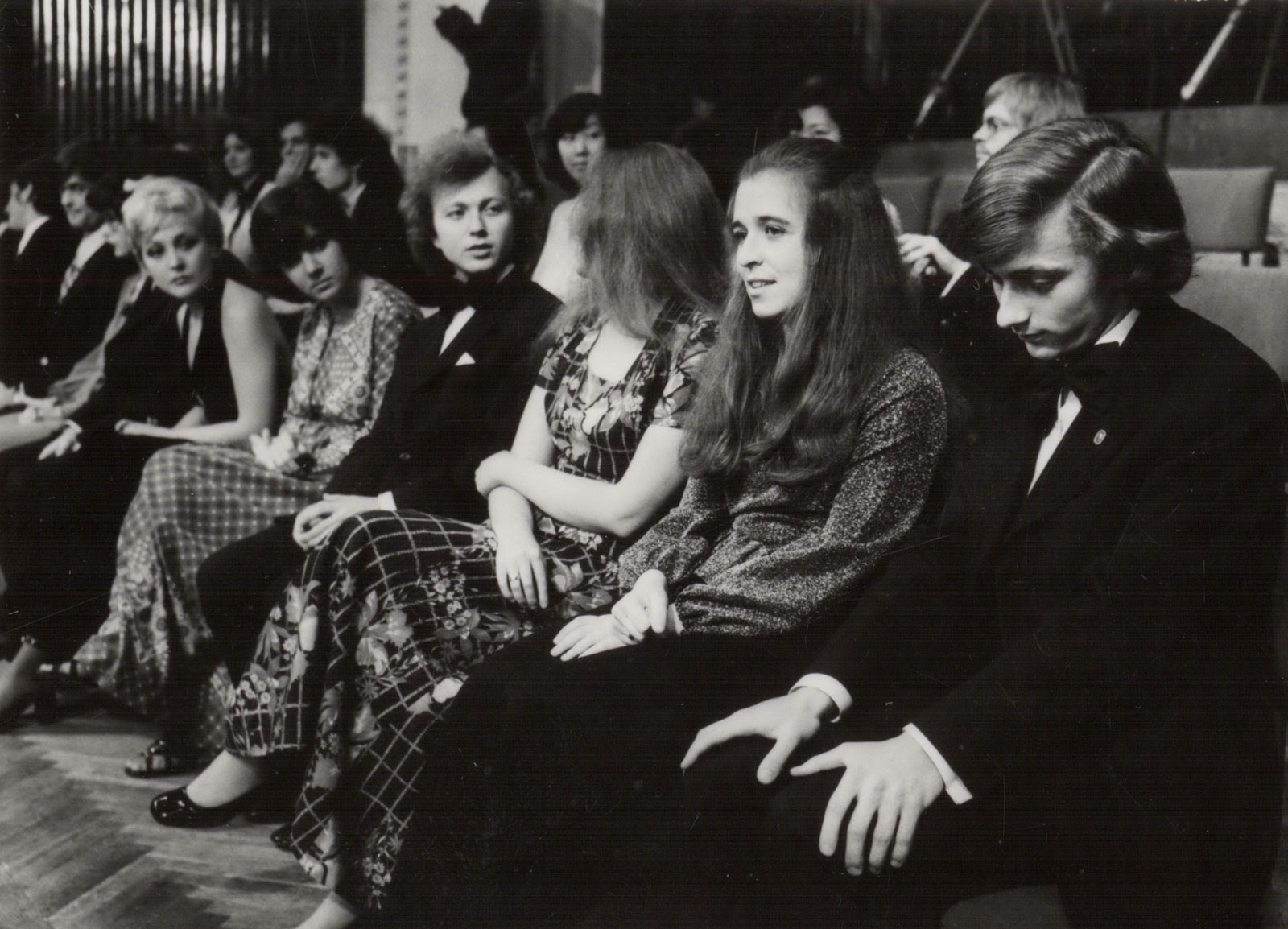
Dina Yoffe of Soviet Union was awarded 2nd prize in 1975
Even as social norms slowly shifted, the challenges facing women in the professional piano world remained. And, in many ways, they persist. Unconscious bias in prestigious competitions, for example, can significantly influence how judges perceive performances. Studies suggest that even with blind judging, preconceived notions about gender and musical ability can still colour perceptions. Repertoire choices, too, can present a subtle but significant hurdle. The traditional emphasis on “showy,” technically demanding pieces, often favoured in competitions, can inadvertently disadvantage pianists with smaller hand spans, a characteristic more common among women. Beyond the competition circuit, women pianists frequently receive fewer opportunities for solo performances with major orchestras, a critical factor that can significantly hinder their career progression. Stereotypes and entrenched expectations also linger. Female pianists may still encounter assumptions about their playing, with emotional sensitivity sometimes prioritised over intellectual depth – a subtle way of diminishing their artistry. And, of course, the ever-present struggle to balance family life with a demanding career, a challenge faced by women across professions, is particularly acute in the demanding world of classical music.
Despite these formidable obstacles, numerous women have etched their names into the annals of piano history, demonstrating extraordinary talent, resilience, and artistry. The stories of these women, often punctuated by both triumph and tragedy, offer a compelling glimpse into the ongoing struggle for recognition and equality.
Consider Róże Etkin-Moszkowska, a Polish pianist and composer of immense promise, tragically murdered by the Nazis during World War II. Her talent was undeniable, evidenced by her third-place win in the inaugural Chopin Competition in 1927. Her inclusion in any discussion of women and the piano serves as a stark reminder of the devastating impact of war and prejudice on female musicians, whose voices were so often silenced.

Laureates from the first Chopin Competition in 1926 with Polish Róże Etkin-Moszkowska awarded 3rd Prize
Halina Czerny-Stefańska, who shared first prize in the Chopin Competition in 1949 – notably taking place behind screen – stands as a testament to both resilience and profound musical integrity. A remarkable fact surrounds a recording of Chopin’s E minor Concerto initially attributed to the legendary Dinu Lipatti, only to be revealed later as Czerny-Stefańska’s. This incident, while unusual, speaks volumes about the caliber of her playing, so masterful that it could be mistaken for one of the most celebrated pianists of the 20th century. Her victory, shared with Bella Davidovich, in a highly politicized environment, marked the first time two women shared the top prize, a significant moment in the competition’s history. Czerny-Stefańska’s style, initially described as austere before evolving into a warmer romanticism, showcases her artistic depth and adaptability. Davidovich performed solely within the Soviet Union until 1976. In 1977, she left the USSR for the first time, accompanying her son, violinist Dmitri Sitkovetsky, on a performance engagement in Amsterdam and later she emigrated to the United States. Her international career was launched with a celebrated Carnegie Hall debut in October 1979, an event widely considered the highlight of the season.
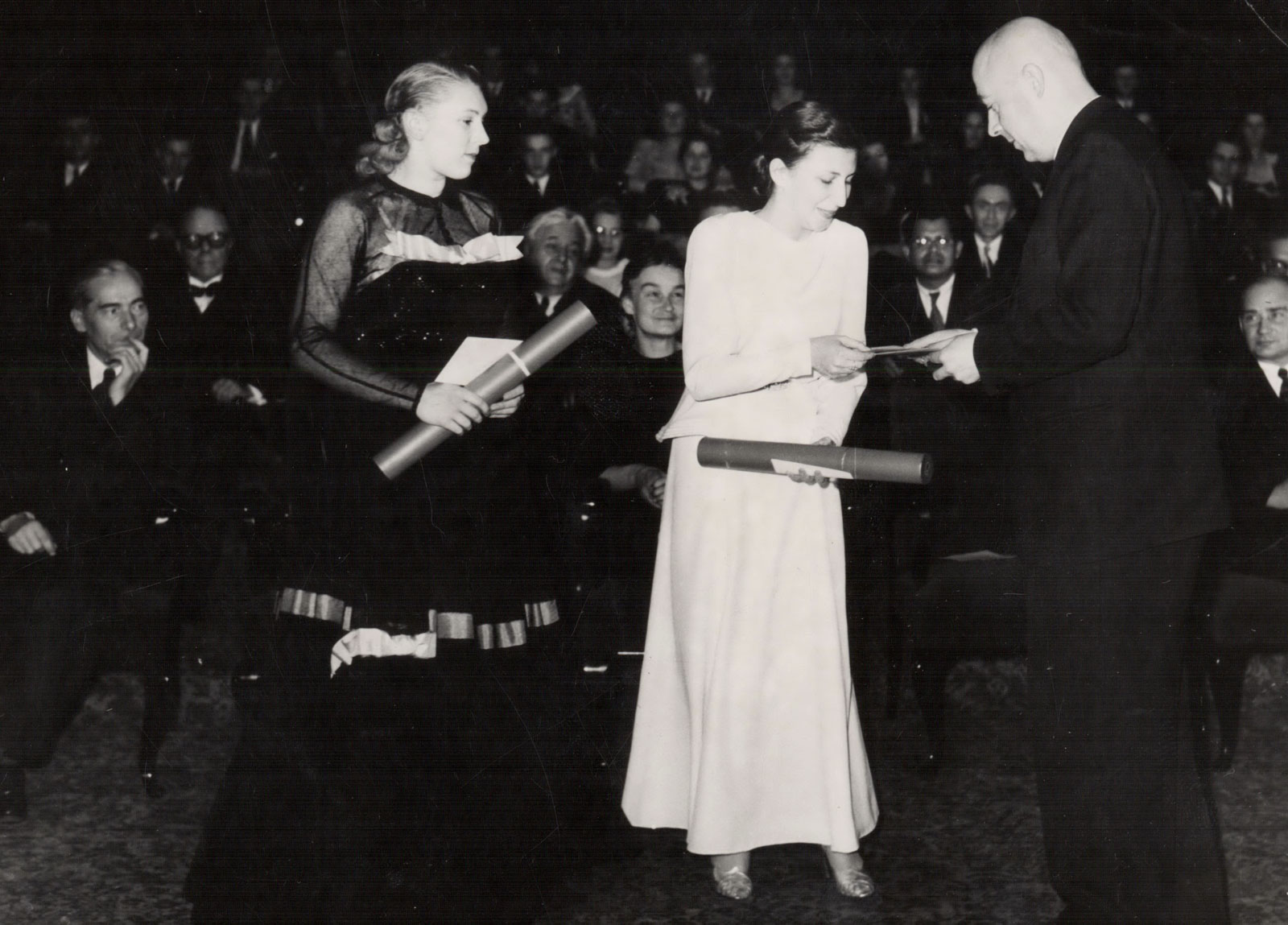
Polish pianist Halina Czerny-Stefańska and Soviet pianist Bella Davidovich shared first place in 1949
Martha Argerich’s electrifying triumph in the 1965 Chopin Competition remains an iconic moment. Her performance captivated audiences and critics alike, yet her reported comment – “If I had known I was going to win, I wouldn’t have entered!” – hints at her complex relationship with the competitive environment. Argerich’s subsequent career cemented her status as one of the greatest pianists of our time, regardless of gender. Her win, however, was an exception for many years.
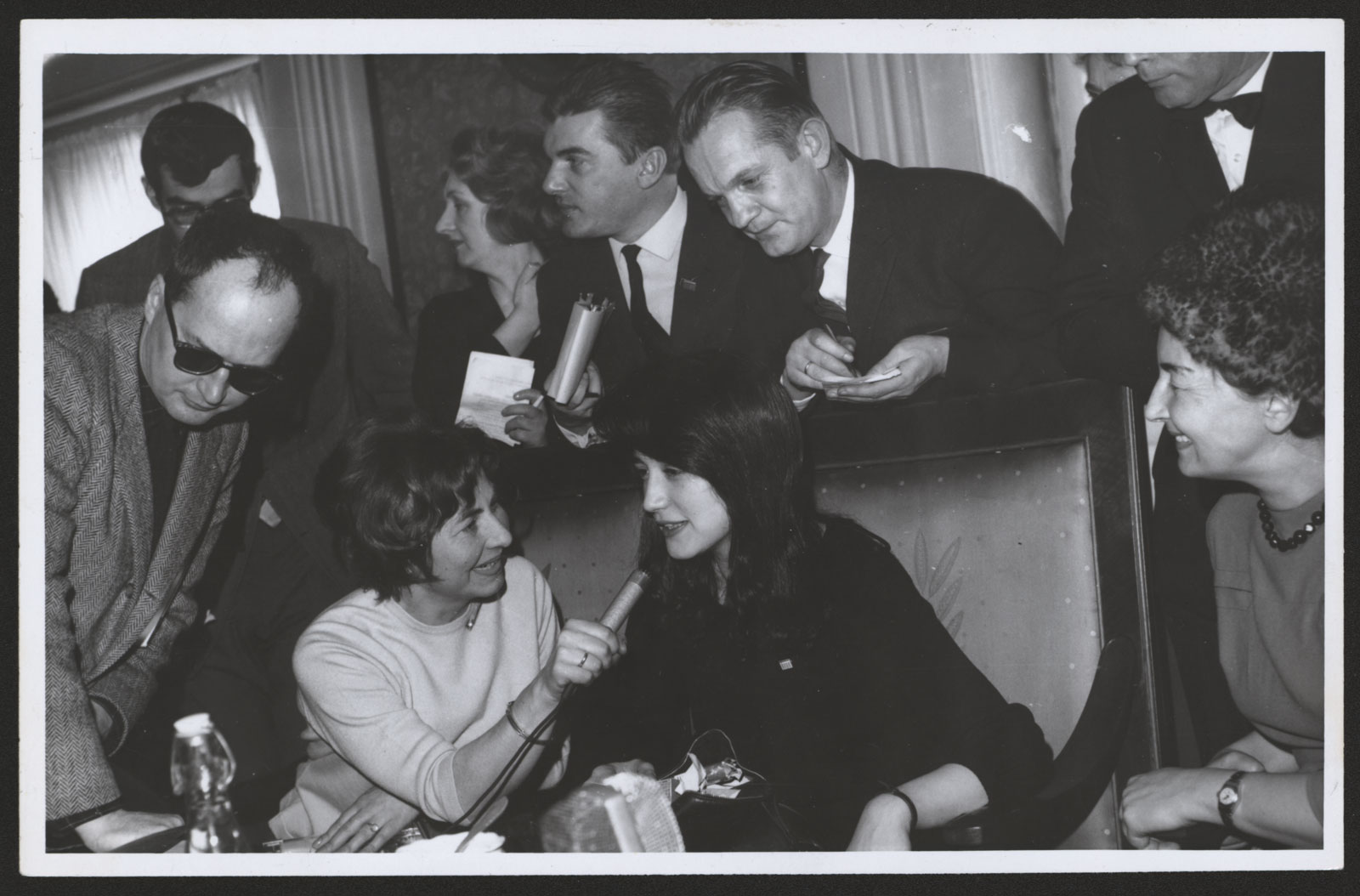
Martha Argerich of Argentina, became the first and so far
only South American winner in 1965
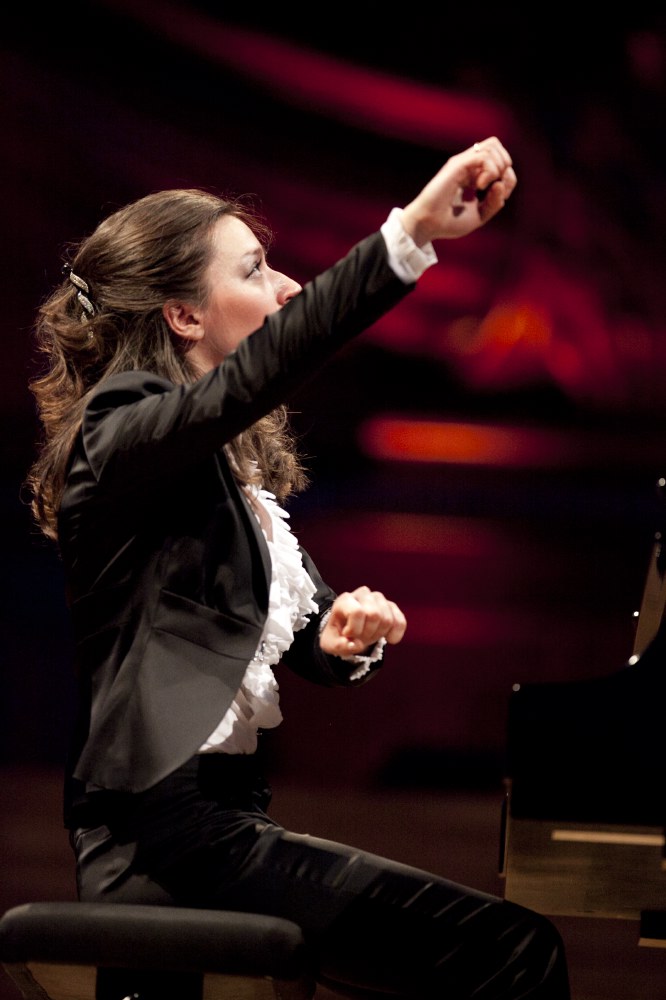
In 2010, the first prize was awarded to Yulianna Avdeeva, Russia
Avdeeva’s recent return to the competition, not as a performer but as a jury member, signifies a powerful and important shift, recognizing female expertise not just on the stage but also in the crucial process of evaluating talent. The journey of women and the piano continues, a testament to the enduring power of music and the unwavering pursuit of equality.
Text: Patrick Jovell
First published in the German Pianist Magazin – issue 1 2025
This article is a contribution from the German and Dutch magazine Pianist through Piano Street’s International Media Exchange Initiative and the Cremona Media Lounge.
 Pianist Magazin is published in seven countries, in two different editions: in German (for Germany, Austria, Switzerland, Luxemburg and Liechtenstein) and in Dutch (for Holland and Belgium).
Pianist Magazin is published in seven countries, in two different editions: in German (for Germany, Austria, Switzerland, Luxemburg and Liechtenstein) and in Dutch (for Holland and Belgium).
The magazine is for the amateur and professional alike, and offers a wide range of topics connected to the piano, with interviews, articles on piano manufacturers, music, technique, competitions, sheetmusic, cd’s, books, news on festivals, competitions, etc.
For a preview please check: pianist-magazin.de or www.pianistmagazine.nl
Comments